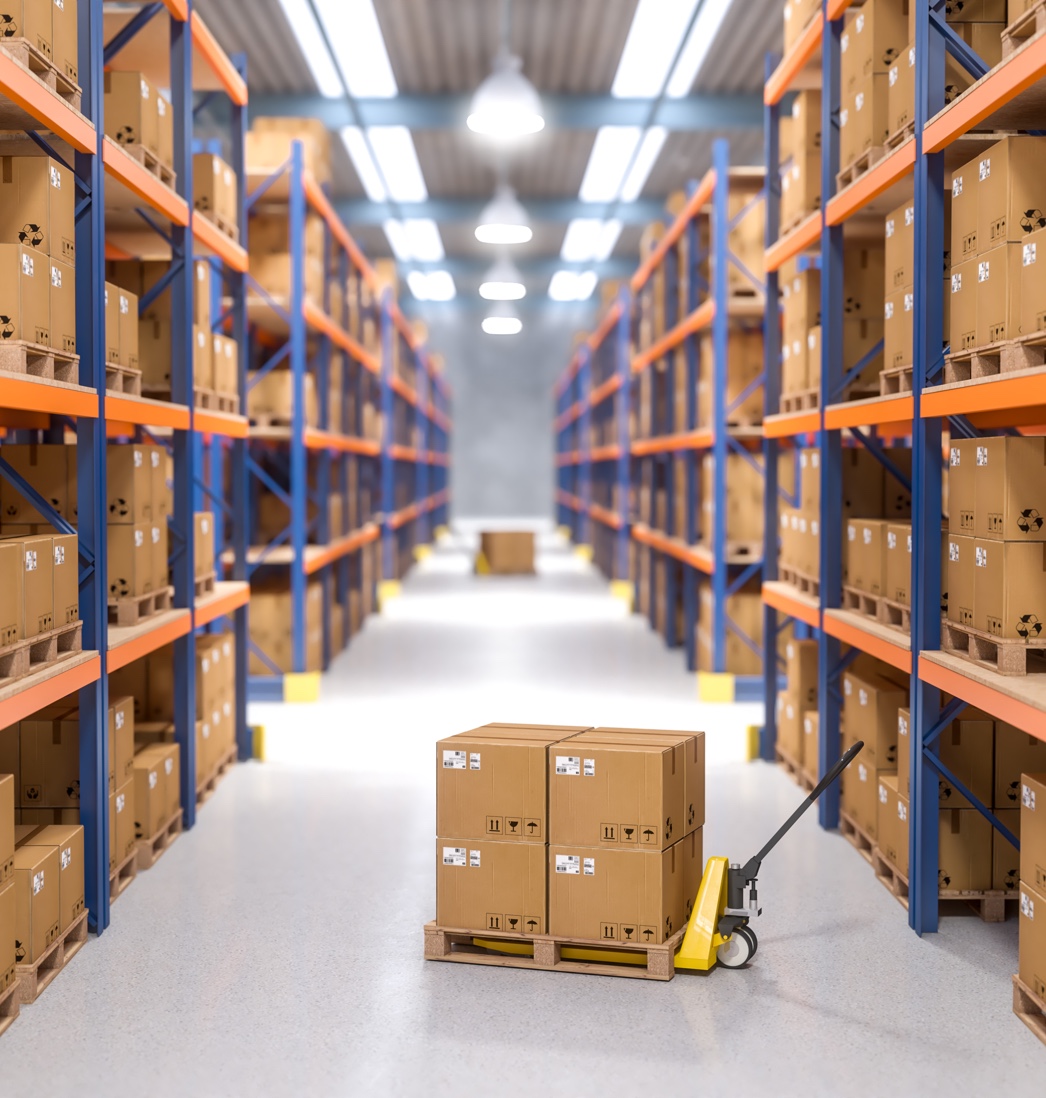8 Steps to Improve Ecommerce Order Fulfillment Service
If you’re in the e-commerce business, you’re already aware of order fulfillment. But what is it exactly? Order Fulfillment is the process of receiving, packing and delivering orders to customers. It includes several elements: pick and pack, shipping, returns management, customer service, and more. This article will explore the fundamentals of order fulfillment and discuss steps for an effective process. We will also share critical strategies that can help optimize your fulfillment operations. So if you want to understand how to create a reliable order fulfillment system for your business, keep reading!

Why Is Order Fulfillment Important?
A well-run order fulfillment operation can help improve customer retention and loyalty and generate repeat business. It can also create a competitive advantage for your business.
There are several reasons why order fulfillment is essential:
Customer Satisfaction – Order fulfillment is a crucial part of the customer experience and is vital in ensuring customer satisfaction. A well-run operation can help to improve customer retention and loyalty, as well as generate repeat business.
Competitive Advantage – An efficient order fulfillment system can give you a competitive advantage over your rivals.
Improved Cash Flow – An effective order fulfillment system can help improve your cash flow by reducing inventory levels and ensuring prompt customer payment.
Reduced Costs – A streamlined order fulfillment operation can help reduce your direct costs, such as shipping and handling, and indirect costs, such as storage and inventory management.
Order Fulfillment Challenges
Order fulfillment is critical to the customer experience and can directly impact a company’s bottom line. Yet, many businesses struggle with fulfilling orders in a timely and cost-effectively.
Several challenges can impede order fulfillment, such as:
Inaccurate Inventory Data: If inventory data is inaccurate, it can lead to stock-outs or overages, which can cause delays in fulfilling orders.
Lack of Automation: Many businesses still need to rely on manual processes to fulfill orders, which can lead to errors and delays.
Poor Shipping Practices: Inefficient shipping practices can add high costs to the order fulfillment process and cause delivery delays.
Returns Management: Managing returns effectively is crucial to maintaining good customer relationships, but it can also be complex and time-consuming.
Capacity Issues: Order fulfillment can be resource intensive, and if businesses need adequate capacity, it can lead to delays in fulfilling orders.
Order Fulfillment Best Practices
There are a few essential best practices to keep in mind when fulfilling orders:
Receive orders promptly and accurately – This means having a system to track and manage orders as they come in so that nothing gets lost or mixed up.
Pack orders carefully and securely – Use high-quality packing materials and take care to package items so they won’t be damaged during transit.
Deliver orders on time – Customers expect their orders to arrive when promised, so it’s essential to have an efficient shipping and delivery process in place.

8 Tips to Improve Order Fulfillment Service
There are a few key strategies that can help to improve order fulfillment for any business. By streamlining the process and implementing some best practices, companies can ensure that orders are fulfilled accurately and promptly.
Streamline the process: simplify the steps involved in order fulfillment and ensure that all employees understand the process. It will help to reduce mistakes and ensure that orders are fulfilled quickly.
Best practices: implement some best practices such as double-checking orders before shipping, using tracking numbers, and sending confirmation emails to customers. It will help to improve customer satisfaction and reduce the chances of errors.
Automate as much as possible: Use technology to automate repetitive tasks such as ordering inventory and printing shipping labels. It will allow your staff to focus on more challenging tasks, such as securely packing products.
Invest in good packaging: Use high-quality packaging materials to ensure that products arrive at their destination in pristine condition. It will help to reduce customer returns and complaints.
Communicate timely: effective communication between the sales, customer service, and fulfillment teams is essential. Keep the information of the order status up-to-date, on-demand, real-time to all involved people from order received to delivery, make sure that everyone is on the same page and knows what needs to be done to fulfill an order correctly.
Use WMS: an effective WMS with multichannel integrations can provide a central platform for businesses to track and manage orders from start to finish. It can automate many tasks associated with fulfilling orders, such as tracking inventory levels, calculating shipping costs, and sending out notifications to customers.
Find the right shipper: Nowadays, most businesses use third-party logistics to complete the final delivery. Rather than complaining about the carrier, your customer will take out their frustrations on you, so choosing the right shipper is critical. Choose and audit your carrier regularly, check if they offer accurate and real-time tracking and if they provide post-sale services. Considering changing your carrier once, they often lose and damage your packages, forget or delay shipping.
Ensure warehouse coverage: Your customer always requests to receive the product quickly as they expect. To speed up the delivery, you need a quick shipping carrier and warehouse close to your customer. The coverage of your warehouse is the key to shortening the delivery zone. ShipA2Z provides the zone calculation map to count your warehouse coverage and give you ideas on how to store your products to keep the least price and quick delivery.

To ensure high-quality order fulfillment service and improve customer satisfaction, some e-commerce sellers prefer to outsource their order fulfillment to third-party fulfillment centers.
A 3PL warehouse is generally flexible and can customize its services according to its client’s specific requests. Most 3PL fulfillment centers can provide specific services, such as inventory management, storage solution, picking and packing, freight forwarding, shipping and tracking, and returns. For eCommerce, you don’t necessarily need a warehouse for order fulfillment.
The most important is that working with a third-party logistics company can be a cost-effective way to handle order fulfillment without the hassle of running your warehouse and ensure your high-quality fulfillment service in the meanwhile.
Related Articles


9 Tips For Improving Your Fulfillment Efficiency